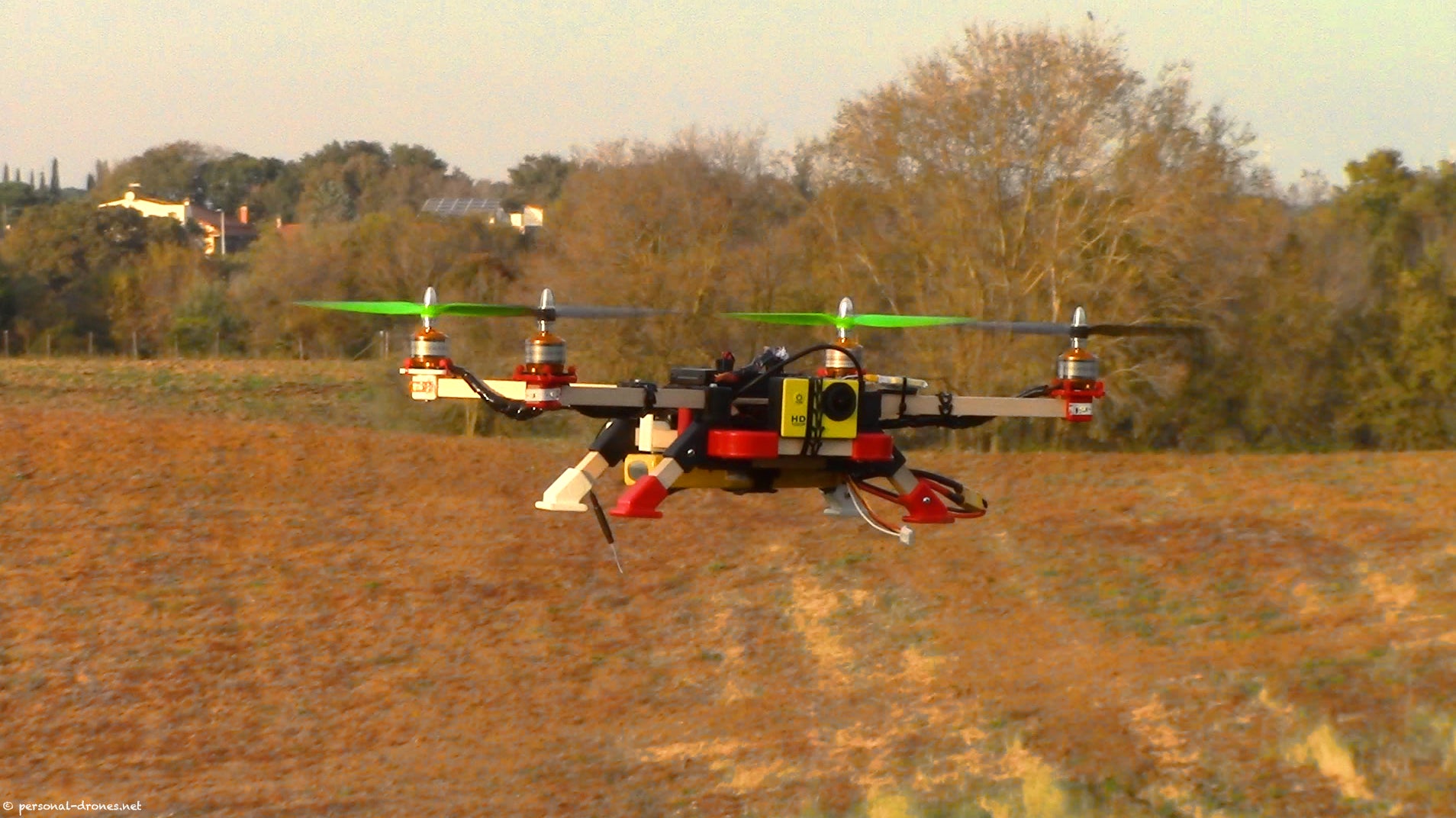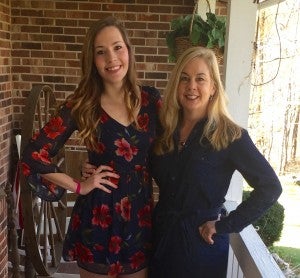
A drone flies over a farm field with an on-board camera. Photo credit: Flickr user ackab1
Last week, the Federal Aviation Administration (FAA) released much anticipated rules on commercial small drone use. In a nutshell:
- The rules loosen restrictions on commercial drone use, and later this summer the FAA will start legally allowing permits for drones weighing less than 55 pounds.
- The rules are a boon to producers and ranchers interested in precision farming practices, thanks to drones’ advanced imaging technologies.
Industry groups estimate that precision agriculture has the potential to account for almost 80 percent of civilian drone use by 2020. Already, 16 percent of agricultural retailers are selling drones – a figure set to skyrocket in the coming years.
So this is big news for the ag industry – but will it help the environment, too?
Not necessarily. Drones provide lots of data, and nothing more. They don’t actually change anything on the ground or benefit the environment directly. It’s up to growers and their advisors to use the information collected by drones to make informed decisions that can benefit profitability and the planet. Here’s why drones are just one (important) piece of the puzzle. Read More











